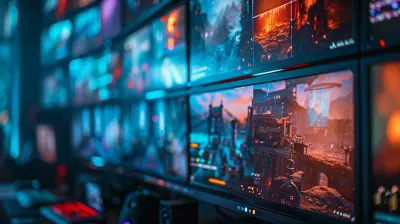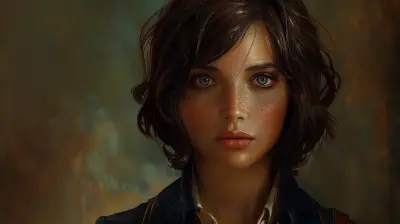How Artistic Expression Shapes Indie Game Graphics
12 July 2025
When was the last time you played an indie game and felt your jaw drop at the sheer beauty of its visuals? It’s not just fancy programming or expensive tools that make indie game graphics stand out; it’s the raw, unfiltered artistic expression behind them. From pixelated nostalgia bombs to hand-painted dreamscapes, indie games are where artists flex their creative muscles the hardest. But how exactly does artistic expression shape the visual style of these gems? Buckle up, because we’re diving headfirst into the colorful world of indie game graphics.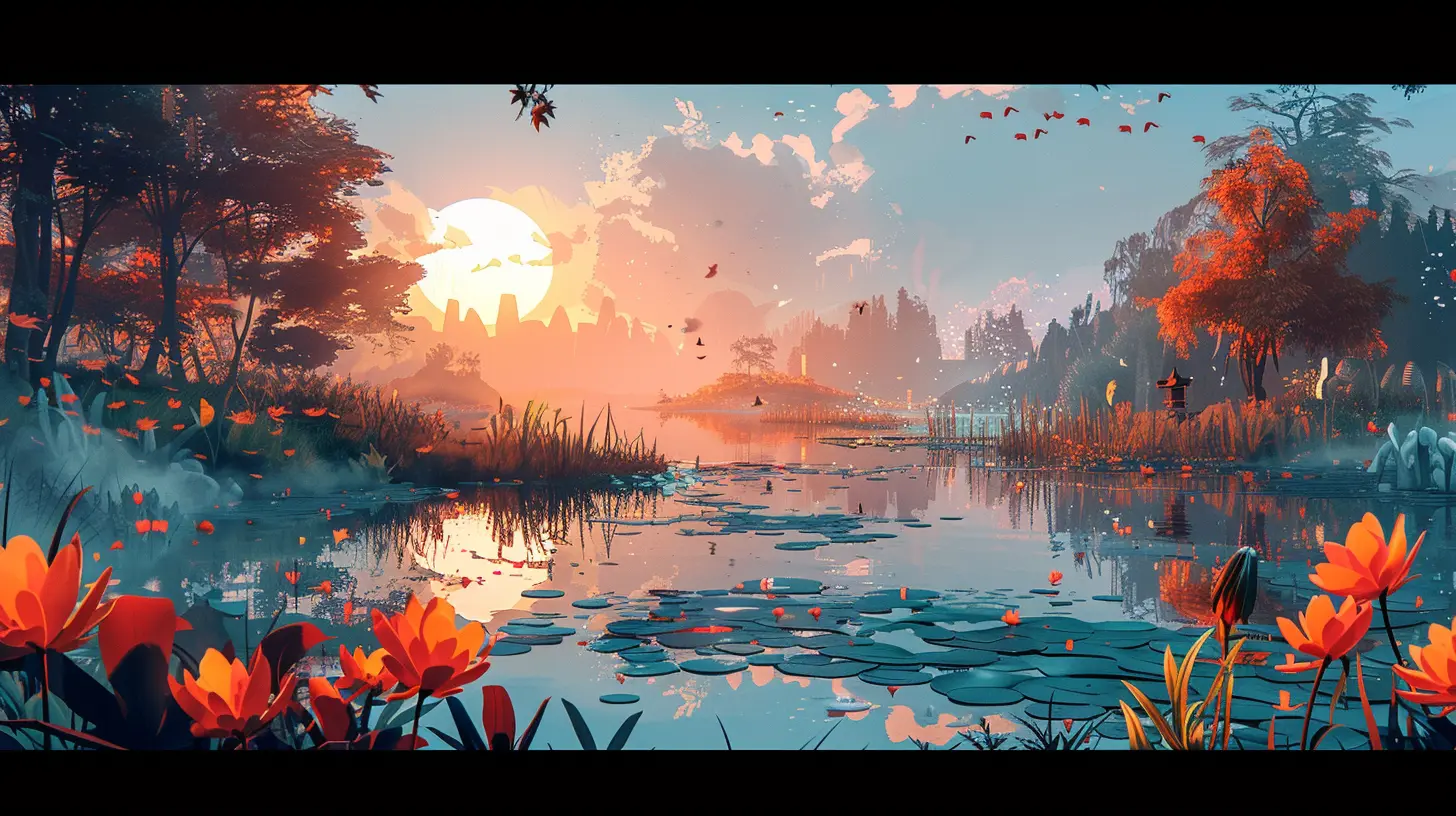
The Indie Gaming Scene: A Canvas for Creativity
Let’s be real—indie developers don’t have the same resources as AAA studios. They’re not backed by million-dollar budgets or sprawling armies of professional designers. But you know what they DO have? Complete creative freedom. No tightfisted publisher breathing down their neck, no cookie-cutter template to follow. Just a blank canvas screaming for a personal touch.Indie games are where the misfits, the dreamers, and the rebels of the gaming world come to play. Think of it like an underground art gallery; the works inside might not fit into mainstream expectations, but they’re often the ones you remember most. That freedom, that refusal to follow the rules, allows these developers to truly push the boundaries of what video game graphics can be. 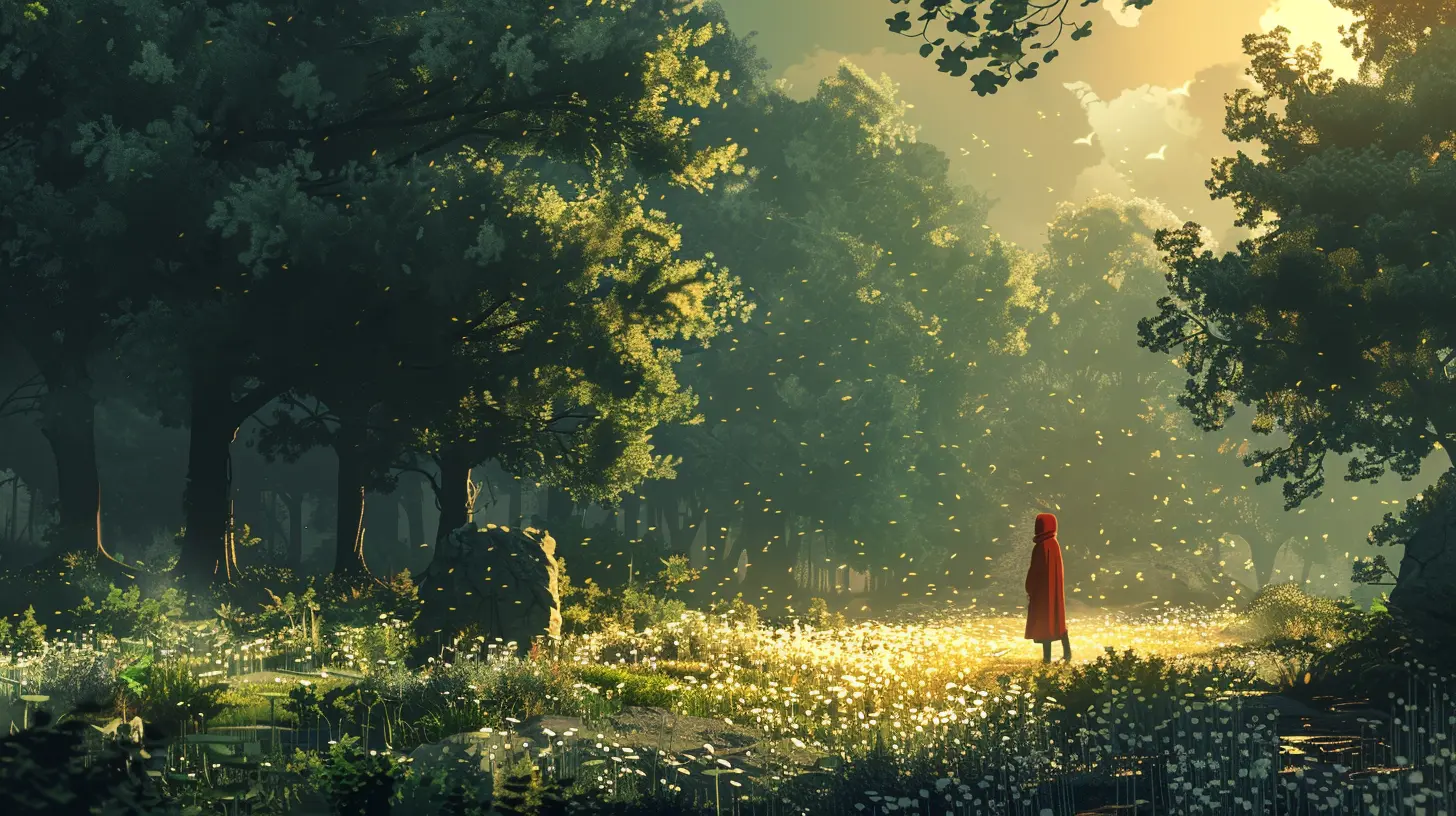
Why Art Trumps Tech in Indie Games
Big-budget games rely on realism. Think ultra-HD textures, motion capture, ray tracing—basically, eye candy for people who want everything to look like the real world. But indie games? They march to the beat of a very different drum. Instead of chasing photorealism, they dive headfirst into artistic expression.Take "Hollow Knight", for example. Its dark, moody aesthetic feels like stepping into a Tim Burton sketchbook. Or "Celeste" with its vibrant pixel art that somehow feels deeply emotional. These games don’t care about mimicking reality—they’re busy creating their own. That’s the magic. Indie developers use art styles to set the tone, tell stories, and yank on your heartstrings.
Without having to invest in expensive technology, they focus their energy on style and substance—like a painter working with basic tools to create something that rivals the Mona Lisa. 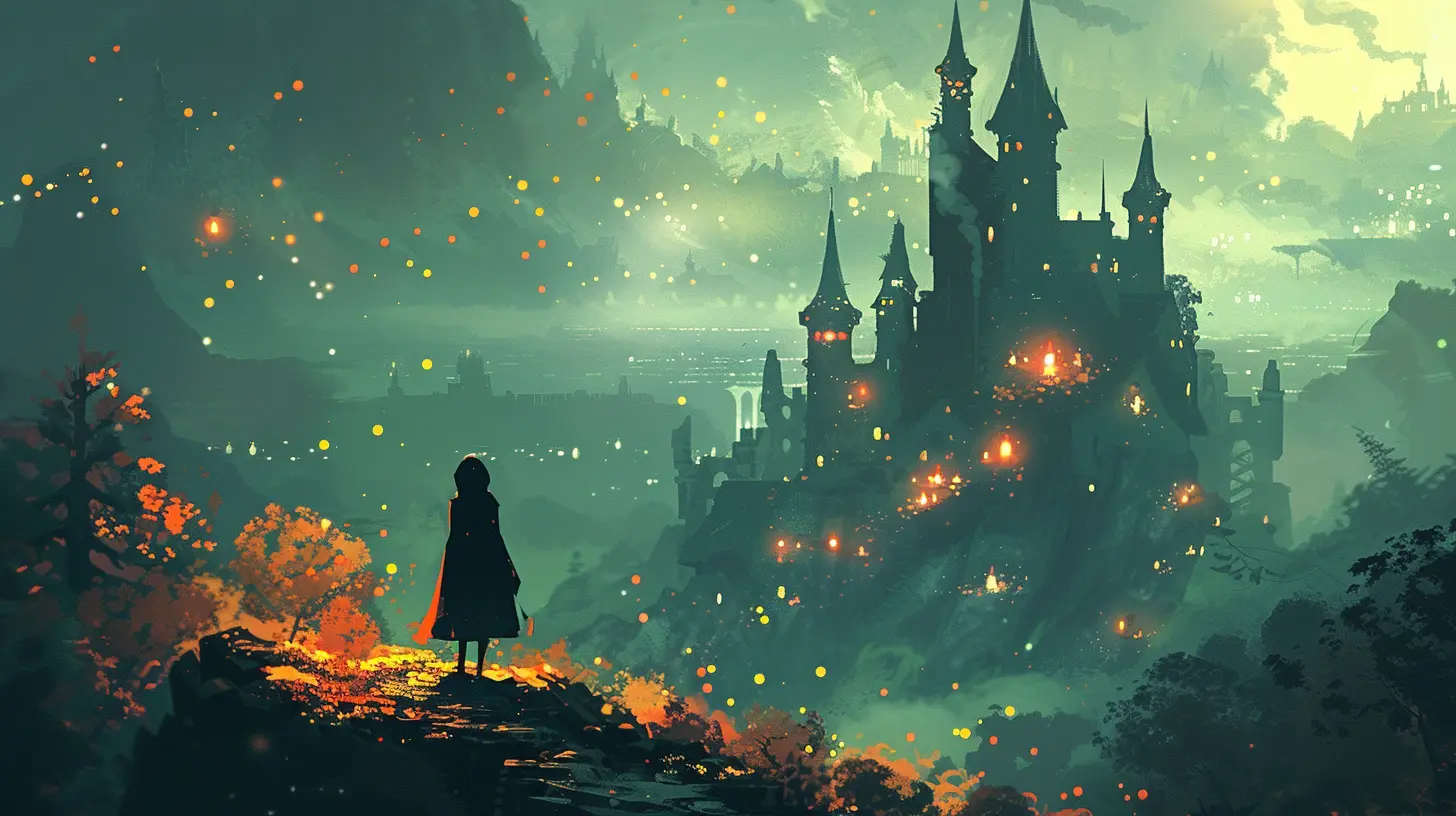
The Rise of Pixel Art: More Than Just Nostalgia
Let’s address the 8-bit elephant in the room: pixel art. It’s EVERYWHERE in indie games. But don’t mistake it for a lack of creativity or an easy shortcut. Pixel art is an art form, and its enduring popularity speaks volumes about its flexibility and charm.Why does it work so well in indie games? Honestly, it’s like cooking with grandma’s old recipe. Sure, it’s simple, but the flavors hit home every single time. Pixel art taps into our nostalgia, but it’s also a style that gives developers room to innovate. Look at "Undertale"—a game that turned simple sprites into some of the most emotionally resonant characters in gaming history.
Pixel art doesn’t try to be perfect; it’s rough around the edges, and that’s the point. It allows artists to focus on emotion rather than precision, making it a perfect medium for indie developers working with limited resources. 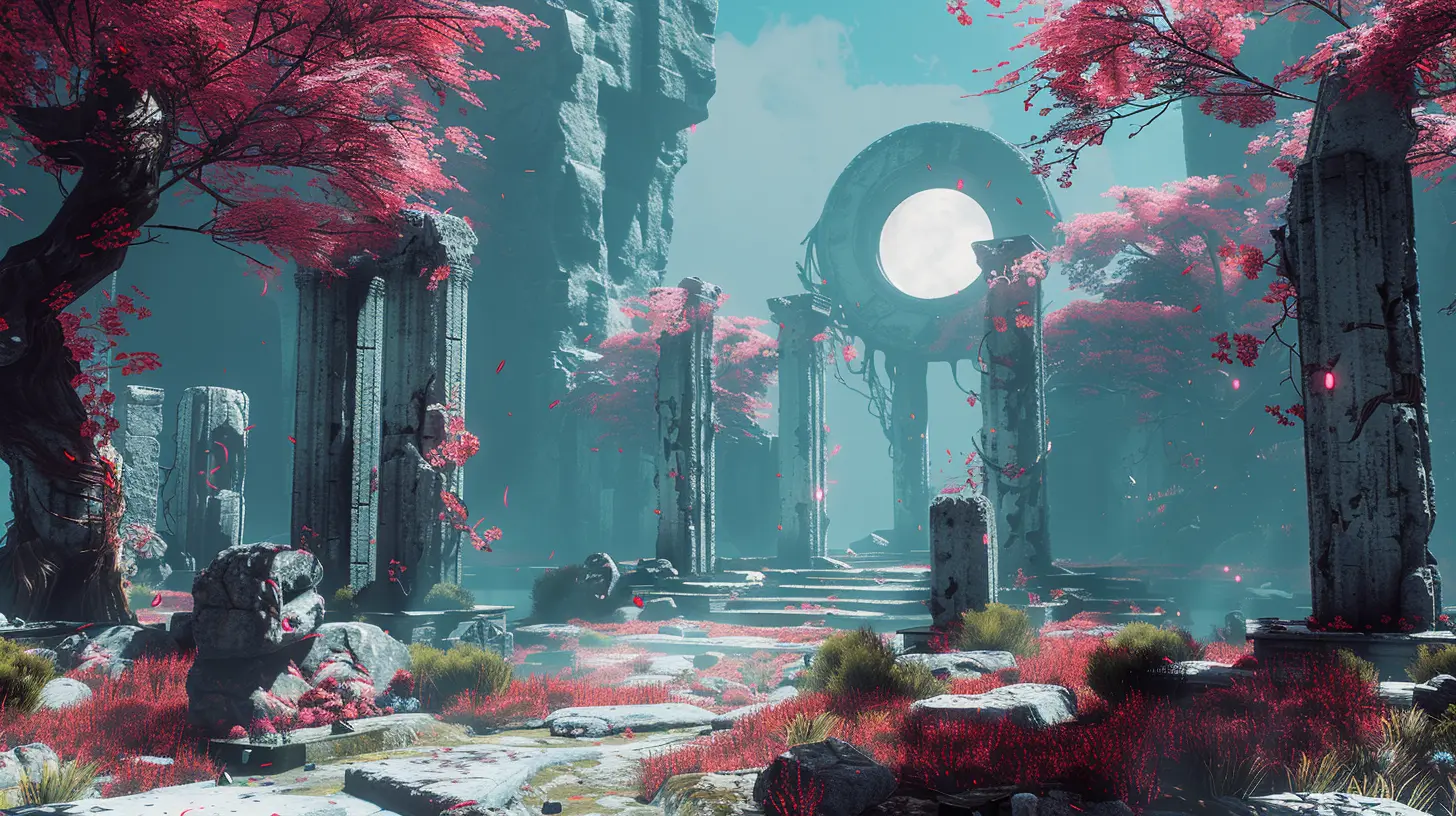
Hand-Painted Worlds: When Games Become Living Art
Ever feel like you’re walking through a painting? That’s exactly what happens with games like "Gris" or "Ori and the Blind Forest." These games ditch traditional graphics in favor of hand-painted worlds so vibrant and alive, you almost feel guilty for moving your character across the screen.Hand-painted visuals give indie developers the ability to craft environments dripping with personality and emotion. It’s not just about looking good—it’s about creating a mood, something players will feel deep in their bones. And let’s be honest, how many AAA games can make you feel like you’re playing inside a watercolor masterpiece?
Why "Weird" Works in Indie Game Graphics
If there’s one word that describes indie games, it’s “weird”—and I mean that in the best way possible. Indie devs aren’t afraid to go all-in on bizarre, unconventional art styles because they don’t have to appeal to everyone.Take "Papers, Please," for instance. Its drab, muted color palette perfectly captures the soul-crushing monotony of inspecting passports. Or "Kentucky Route Zero," with its minimalist aesthetic that feels more like abstract art than traditional game design. These games prove that “pretty” isn’t a prerequisite for memorable graphics. Sometimes, weird, quirky, or downright uncomfortable is what sticks with you.
Big studios play it safe, sticking to what sells. Indie games? They take risks. And sure, not all of them pay off, but when they do, they stick the landing harder than a gymnast at the Olympics.
Artistic Expression as Storytelling
Art isn’t just decoration—it’s a storytelling tool. Every stroke of a brush, every pixel placed, every visual choice communicates something to the player. Indie developers know this better than anyone, often using graphics to tell stories in ways that dialogue or gameplay mechanics can’t.In "Journey," for example, the vast, desolate sandscapes say more about isolation and perseverance than any spoken line ever could. In "Limbo," the stark black-and-white visuals create an atmosphere of dread that lingers long after the game ends.
It’s not just about what you see—it’s about what you feel when you see it. Indie games excel at this because they don’t just design graphics; they craft visual experiences.
The Role of Individual Artists
While AAA games often have teams of dozens (if not hundreds) of artists, indie games are sometimes shaped by a single visionary. Think of it like comparing a blockbuster movie directed by committee to an indie film with one person’s fingerprints all over it.Take Team Cherry, the developers behind "Hollow Knight." The game’s hauntingly beautiful art was largely the work of Ari Gibson, one of the co-founders. Or consider Eric Barone, who spent years creating "Stardew Valley" entirely on his own, art included.
When a single artist has this much creative control, the end result feels deeply personal. You’re not just playing a game; you’re stepping into someone’s imagination.
Why Indie Game Graphics Resonate With Players
You know what’s funny? No matter how many polygons a AAA game throws at us, there’s something about indie game graphics that just hit different. Maybe it’s the personality, the imperfections, or the fact that they often feel like a labor of love.Indie game graphics aren’t just visuals—they’re a connection between the developer and the player. You can almost feel the passion, the late-night coffee-fueled brainstorming sessions, and the sheer determination that went into every frame.
This authenticity is why indie games, even with their quirky, imperfect art styles, often leave a bigger impression than the flashiest AAA titles.
Closing Thoughts
Artistic expression is the lifeblood of indie game graphics, shaping not just how these games look, but how they feel. Indie developers remind us that games are more than just entertainment—they’re art. Whether it’s pixel-perfect nostalgia, hand-painted dreamscapes, or outlandish, experimental visuals, indie games prove that creativity trumps budget every time.So, the next time you boot up an indie game, take a moment to appreciate the artistry behind its graphics. Behind every pixel, brushstroke, or weird design choice, there’s a story—and it’s one worth seeing.
all images in this post were generated using AI tools
Category:
Video Game GraphicsAuthor:

Tayla Warner
Discussion
rate this article
2 comments
Bryce Cook
This article beautifully explores how artistic expression influences indie game graphics. The diverse styles and personal touches of indie developers not only enhance visual storytelling but also create unique gaming experiences. It's fascinating to see how creativity drives innovation within the indie game scene.
October 17, 2025 at 4:52 PM

Tayla Warner
Thank you for your thoughtful comment! I'm glad you enjoyed the exploration of creativity and its impact on indie game graphics. It's inspiring to see how these unique artistic expressions shape the gaming landscape.
Margaret Kline
Who knew that art could come from more than just angst-driven doodles? Indie games are proof that creativity thrives in chaos—sometimes it's just a matter of throwing paint and hoping it sticks!
July 21, 2025 at 3:11 PM

Tayla Warner
Absolutely! Indie games showcase the beauty of diverse artistic expressions, proving that creativity can flourish beyond traditional boundaries.
